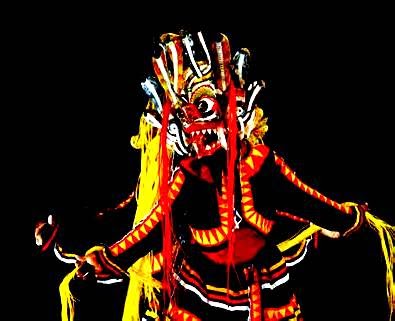You don’t have to be famous to save the world.
The Sea Turtle Project in Bentota is worth your help
to save marine turtles. Sri Lanka Tourism involves marine conservation. Elsie
Gabriel.
The Sea Turtle Project in Bentota is only one of the
initiatives on the Island of Sri Lanka to help save the marine turtles from extinction.
The island has many benefactors, specially after the Tsunami disaster, several
crusaders have taken it upon themselves to save the sea creatures.
So, as the saying goes, you don’t have to be famous
to save the world , surely applies here!!
Visitors and research students alike come in to
study or observe the baby turtles and depending on the season and time of day
can watch them being released in to the ocean. There are five different species
of Sea Turtle to be found along the coast of Sri Lanka – Loggerhead, Olive
Ridley, Leatherback, Green Turtle and Hawksbill.
These turtle
hatcheries were constructed to rescue and protect turtle eggs because of the
rapidly declining numbers of marine turtle in Sri Lankan shores. Marine turtle
eggs are purchased from the local fisherman
and re-buried along the beach and left there for two days allowing the eggs time
to hatch. Thereafter the baby turtles are collected from the beach and kept in
tanks for another week, and released into the ocean to fend off for themselves.
And believe it or not,the few female turtles that survive may return to their
natal shores after a decade to lay their own eggs.
My favourite was the three legged albino turtle, with
not a care in the world. But the image of this turtle tells a million stories, nylon
fishing lines destroying limbs, plastic bags in the ocean suffocating the ocean
creatures, and harsh climatic conditions throwing them ashore. The harsh
stories are endless. When will all this stop.
We can not change the old mind set who refuse to
believe that our children and their children may never get to see marine
turtles in the near future, they are among the endangered lot. But what we can
do is educate the young adults and children, adopt, sponsor or campaign for
creatures who can not fight for themselves.
Marine turtles were roaming the oceans for about 190
million years, much before we were born, so the ocean is their habitat not
ours. Do not forget to visit and promote the conservation of marine turtles,
wherever or whenever you take a vacation to a seaside destination.




















